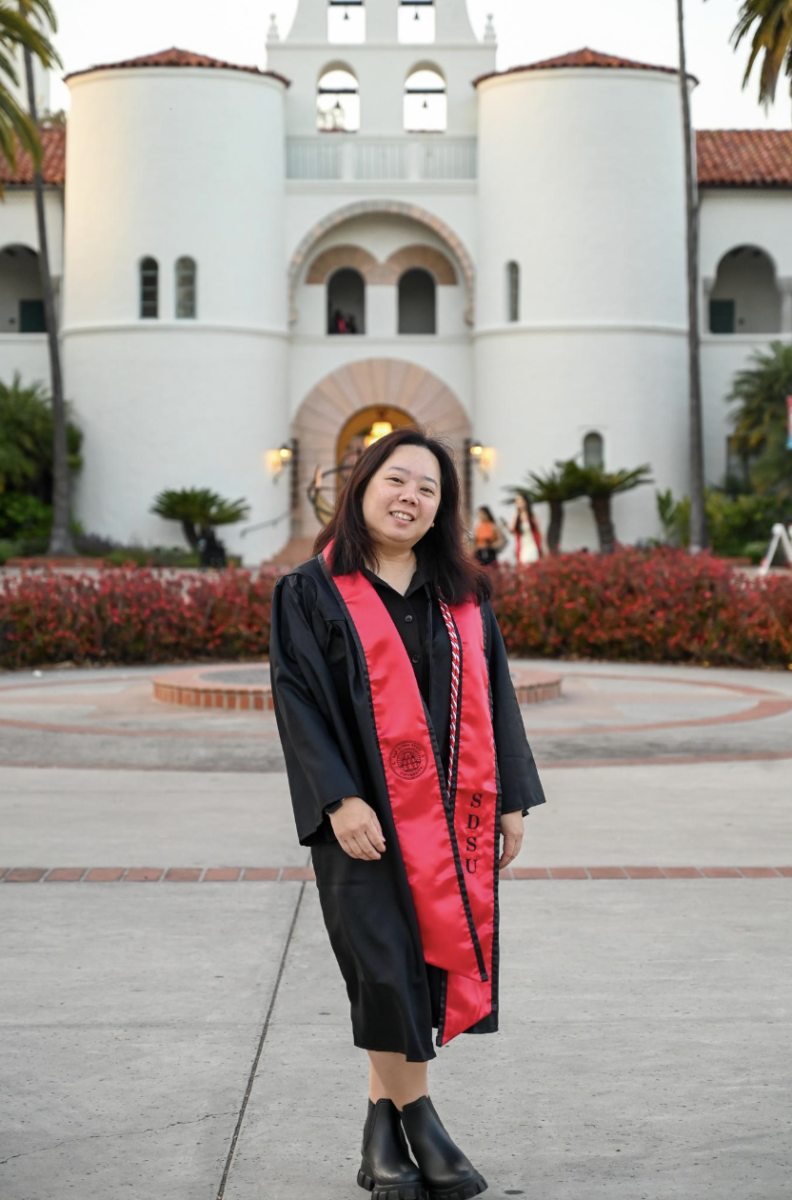It’s well known that San Diego State isn’t located in the safest part of the city. For many factors, some of which are uncontrollable, our campus is in the scene of frequent crimes.
In a 2012 study by Business Insider, SDSU was ranked sixth on a list of the most dangerous colleges in the country.
When students go off campus, especially when the sun goes down, it seems things get creepy fairly quick. From a handful of homeless people to wandering intoxicated adults, lately this danger felt off campus is making its way closer.
With certain parts of campus more open to the public than others, certain areas are safer than others. The trolley station is one of the most immediate locations that comes to mind when lack of safety is concerned for SDSU students.
During my time as a commuter, I’ve seen my share of abnormal activity on the trolley. Regardless of its convenience, it doesn’t change the fact that this means of transportation isn’t exclusive to students, or paying customers for that matter.
All criticism aside, the major issue isn’t the people on the trolley. The issue at hand, which largely effects SDSU students, is the trolley provides access to campus that shouldn’t be granted to just anyone.
SDSU is located in an urbanized area, but shouldn’t there still be some sort of caliber behind who can walk right onto campus?
While there doesn’t seem to be one single solution, it’s necessary to consider that through the regulation of the trolley’s ticketing system, campus could experience a boost in security on campus.
SDSU is an open campus located in a neighborhood, and this entails a necessity for some sort of security system.
“Having an open campus, one of the goals, is to have community involvement, and that way people can come and use the facilities in the way they’re meant to be used,” Corporal and Community Resource Officer Mark Peterson said.
By regulating the ticketing system, there would be stronger control of who can and cannot make it onto campus. Overall, it could also help to make the trolley a safer place.
In cities such as San Francisco, New York and Boston, commuters must purchase a ticket in order to go through the turnstiles and hop onto the train.
Having grown up in the Bay Area, I was accustomed to this system and when I rode the trolley here in San Diego for the first time, I was surprised.
Initially, it seems as though it would be easier to not pay and just hop on for a free ride. Although arguably many commuters purchase tickets, it isn’t quite uncommon for the unregulated trolley to host free riders. An officer is not always available to monitor tickets.
“I know a lot of people who say that you don’t have to pay to get on,” business and finance freshman Morgan Earnst said.
Even Peterson believes because of its open-ticketing system, this form of transportation relies heavily on the honor system. The honor system isn’t adding much to the overall safety of students on campus.
“When you talk about crime prevention there are a few tenants,” Peterson said. “What a turnstile does is it creates access control, so it’s just one deterring factor — but it’s simply just one factor. If someone is determined to commit a crime they’ll pay the $2.50 and get on the trolley.”
So, of course, putting turnstiles in at the trolley station would by no means fix all the safety problems on campus. However, it is a positive push in the right direction.






